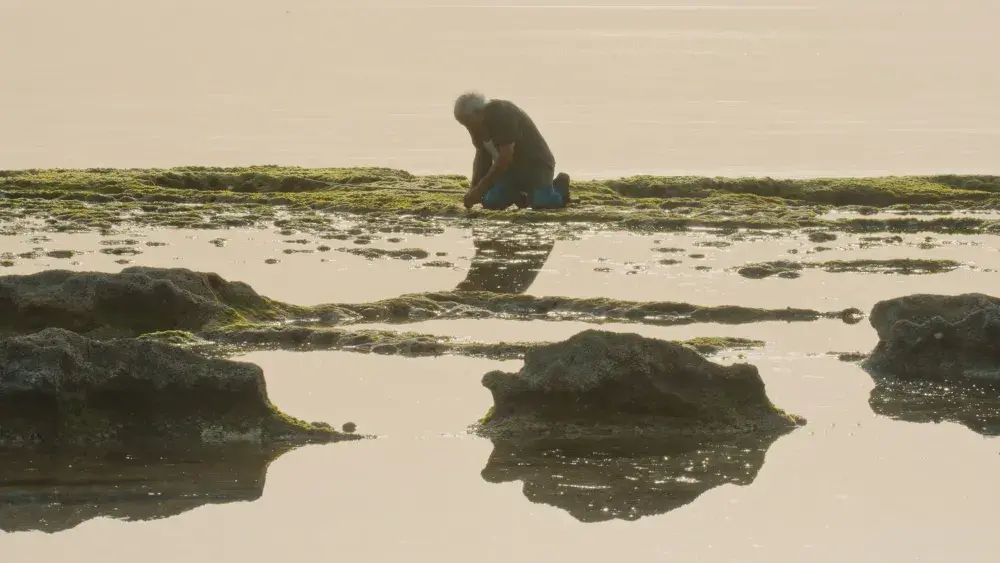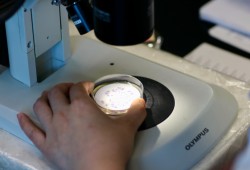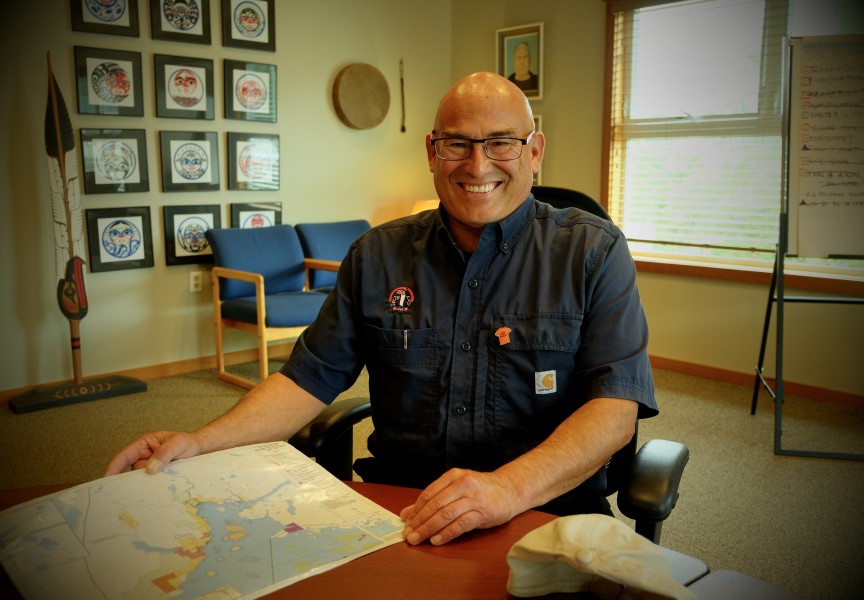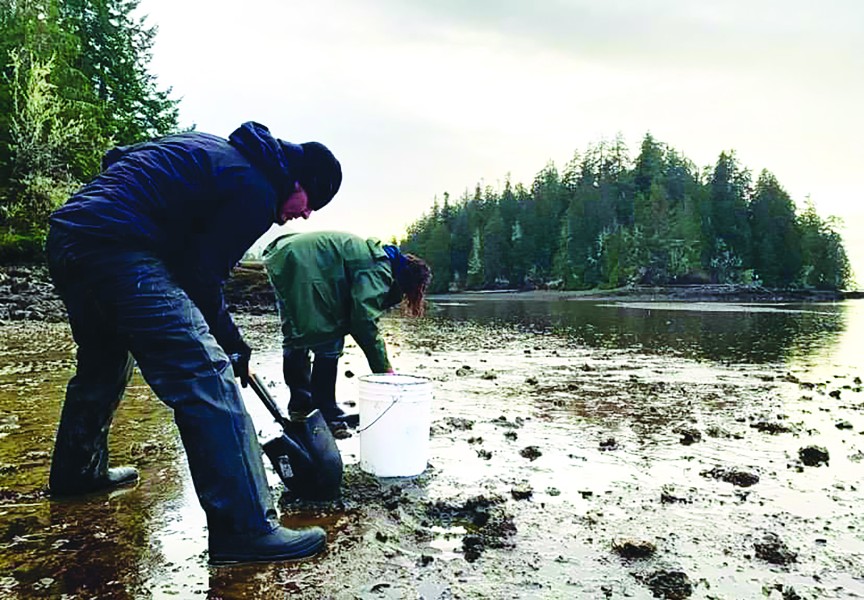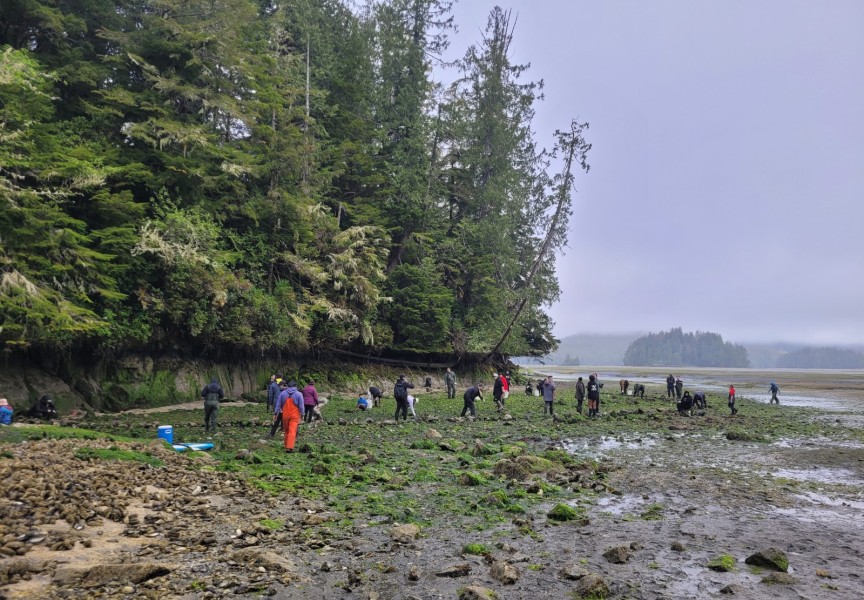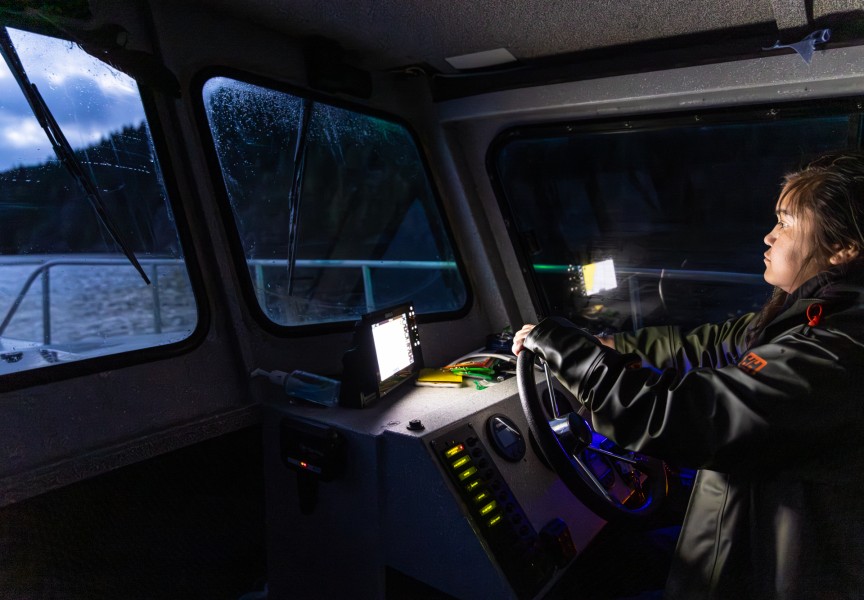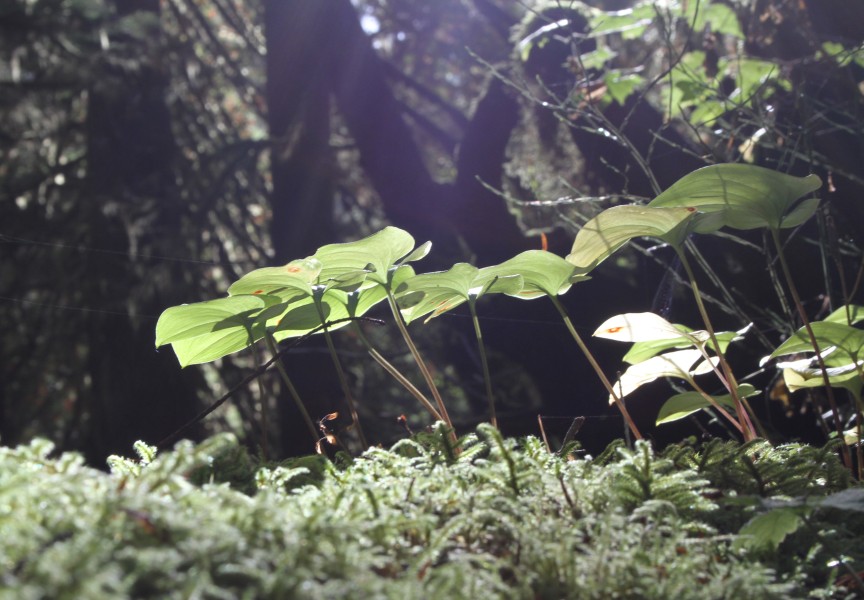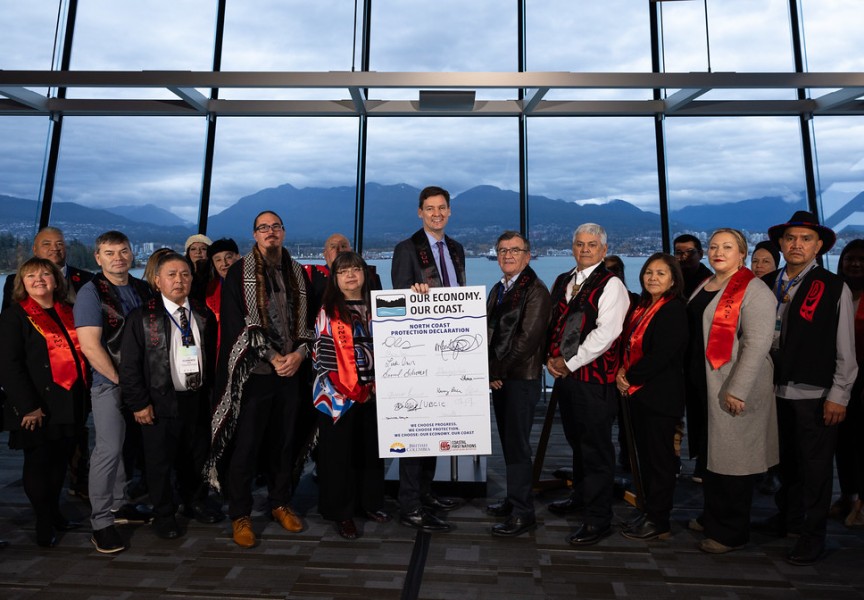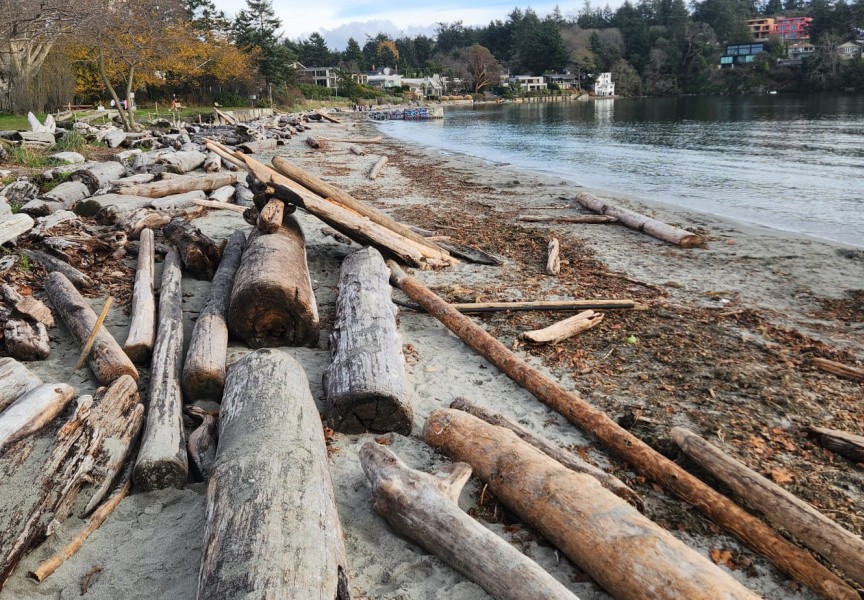A new research project is underway in the Comox to Deep Bay region that strives to pinpoint the source of fecal pollution in marine waters used for shellfish harvesting.
Current surveillance methods in B.C. can only detect the presence of fecal bacteria in the water, but not the source — human or animal.
Andrew Sheriff, fisheries program lead at Malahat Nation, highlights the significance of shellfish to Coastal First Nations.
“They are local, healthy and available year-round and have deep cultural ties both historically and today,” he wrote in an email.
“The importance of shellfish can be seen both through their ubiquity in oral histories, including some origin stories, and through the extensive archaeological evidence in shell middens and clam gardens,” Sheriff continued. “In many areas, individual shellfish harvest beaches have been stable, continuously harvested food sources for thousands of years. These beaches were tended with great care and ingenuity, increasing productivity and creating habitat for target clam species.”
Fecal pollution in marine waters can lead to prolonged, costly closures of shellfish harvesting areas and recreational beaches. The new precision test seeks to empower local communities to gain greater control and implement better management options to respond to contamination.
“With the ability to track sources of sanitary contamination, mitigation methods and mechanisms can be developed to remediate harvest beaches,” explains Sheriff. “Addressing contamination sources would remove one of the largest long-term barriers to nations' ability to harvest shellfish. This is a major step towards repairing the damage inflicted on nations by microbial contamination in the marine environment.”
Nico Prins, executive director of BC Shellfish Growers Association, agrees.
“I’m optimistic that this is the first step in the right direction so we can start identifying the sources. Currently, they refer to potential points of contamination as either being a single point source or a non-specific source. The problem with non-specific is you don’t know where it’s coming from or where it is so you can’t manage it or remediate it and that’s typically the issue,” said Prins, adding that potential sources could include leaking septic systems or vessels illegally discharging.
“There’s a much bigger conversation to be had. B.C. is a destination where cruise ships are allowed to discharge,” said Prins. “Technically, vessels are not allowed to dump at all in Washington State as they come through Puget Sound, then they are again allowed to dump in B.C., and they’re not allowed to dump in Alaska.”
In 2023, Transport Canada implemented new permanent measures for cruise ships in Canadian waters that states “cruise ships must not discharge greywater and sewage within at least three nautical miles from shore.”
Prins thinks the new discharge measures are “nonsensical” and Transport Canada should just make the entire Pacific Coast a non-dumping zone.
“There are specific exceptions to that rule where you go through the narrow Johnstone straight. If you are cruise ship operator you could potentially see a gap there,” he said.
Research method
Co-lead researcher Dr. Natalie Prystajecky from the BC Centre for Disease Control (BCCDC) says the pollution monitoring project is in its first year.
“We are doing the lab work to develop the test. The test that we’re doing is a DNA based test. It’s PCR, so it’s the same type of test that was used to diagnose COVID,” Dr. Prystajecky explained.
She said the technology is about the size of an air fryer and is connected to a computer.
“The idea and the technology is not new, I think applying it to the shellfish industry is a bit newer,” Dr. Prystajecky notes. “Shellfish have this amazing ability to filter large volumes of water, and if those volumes of water are contaminated with bugs that can cause infections, like norovirus, then it can cause illness in humans, and that’s why us at BCCDC are involved with this because we are involved with outbreaks.”
The project involves collecting samples of water, filtering those samples, then running it through the PCR device. Dr. Prystajecky said they’re often testing 20 to 40 samples at a time and it takes about half a day to determine if the pollution is coming from human fecal bacteria or animals.
“In general, we’re advocating for risk-based sampling, so you sample at time periods where you know there is the biggest risk of pollution,” she said. “It’s hard to predict when that cruise ship is going to go by though.”
Knowledge translation is a huge part of the project, and Dr. Prystajecky would like to one day hand the testing off to the Malahat Nation or labs on the Island.
“We want the community to be the end users,” she said. “It’s the right time to do this kind of work. There’s a lot of attention on the sustainability of our fisheries, the sustainability of local food and it’s really important to do what we can to keep the water safe as well as our food supply safe.”
Dubbed GEMSTONE (Genomic Ecological Microbial Source Tracking for Oceans Nature and the Environment), the project partners the BC Shellfish Growers Association (BCSGA) and the Malahat Nation with a research team from the University of British Columbia (UBC) and the BC Centre for Disease Control (BCCDC). It is funded through Genome British Columbia’s (Genome BC) GeneSolve Program.

